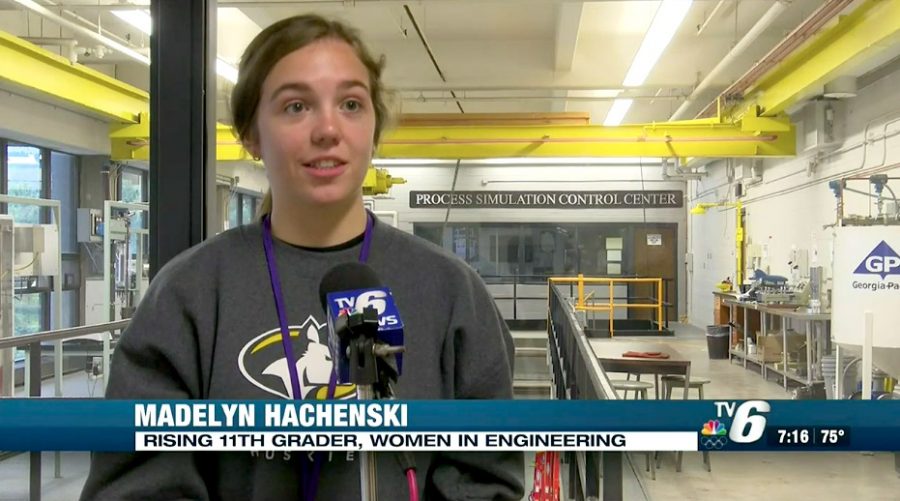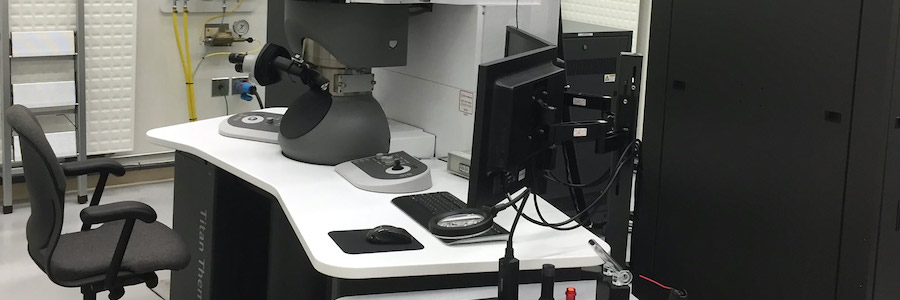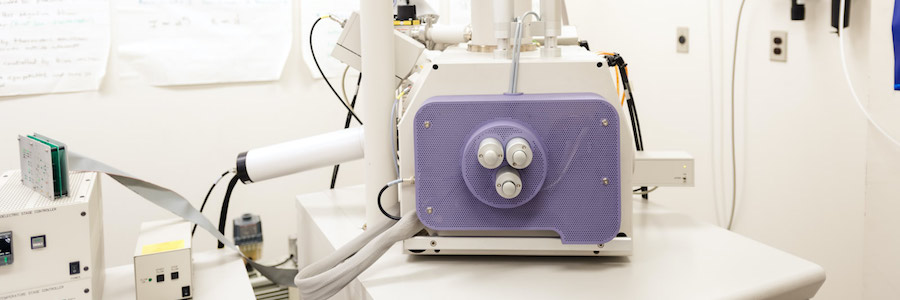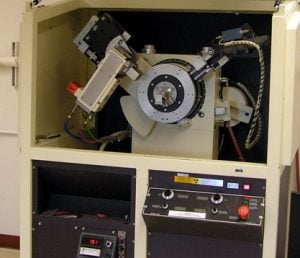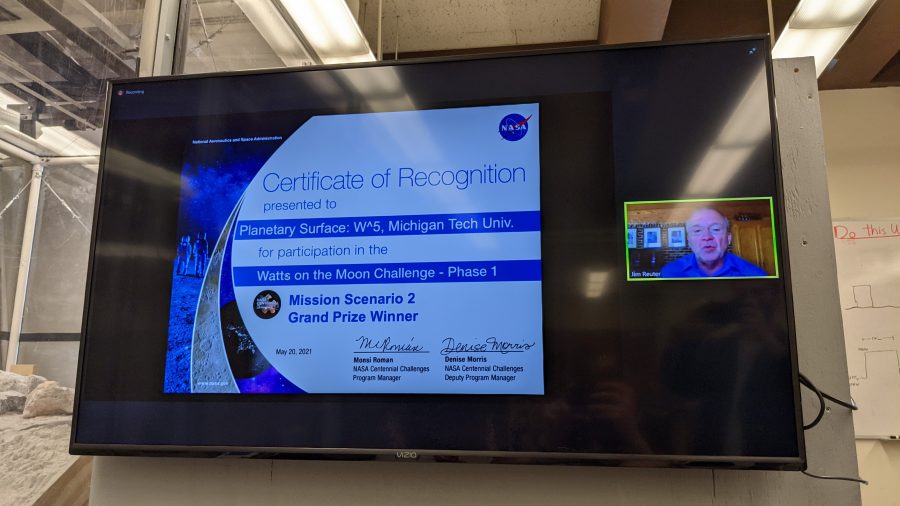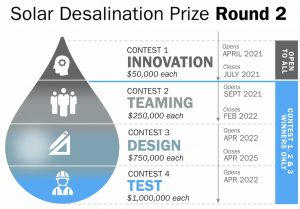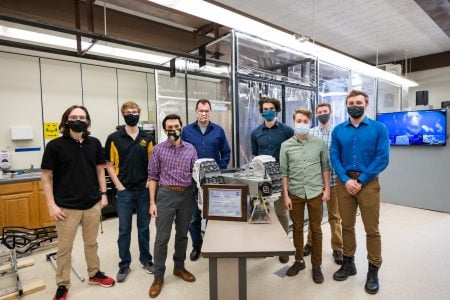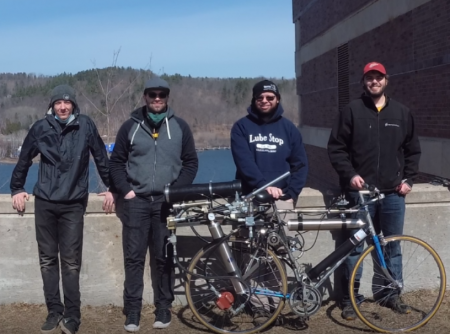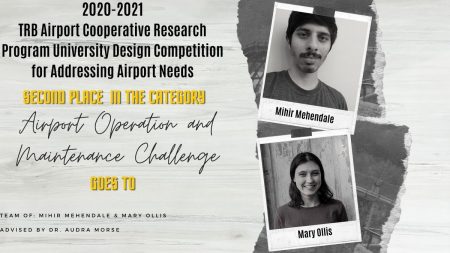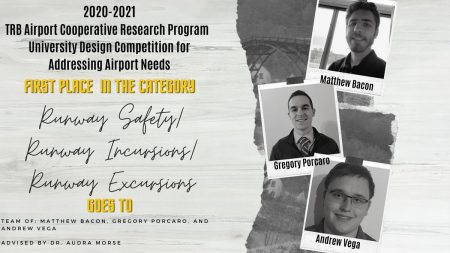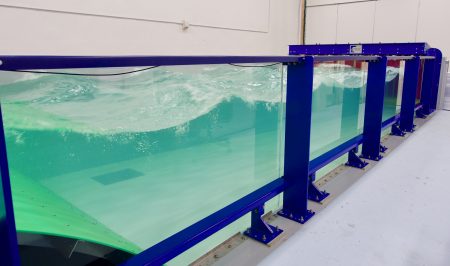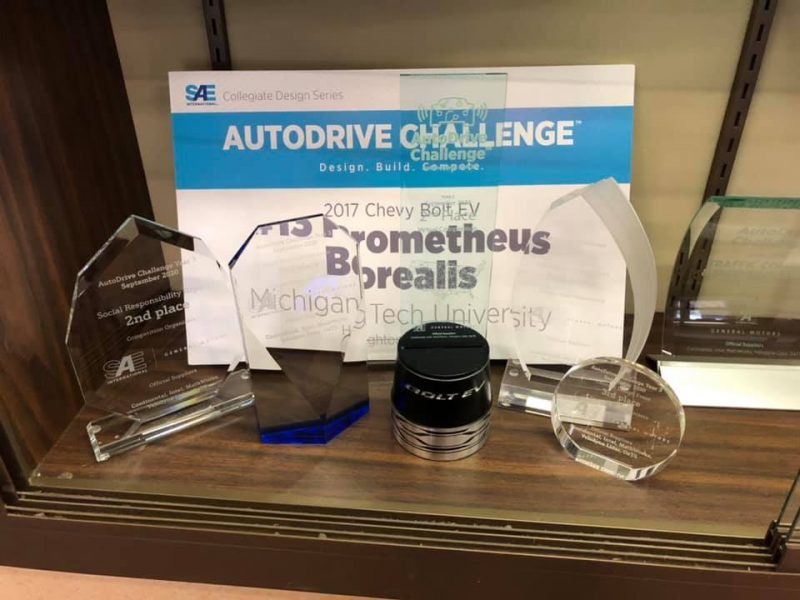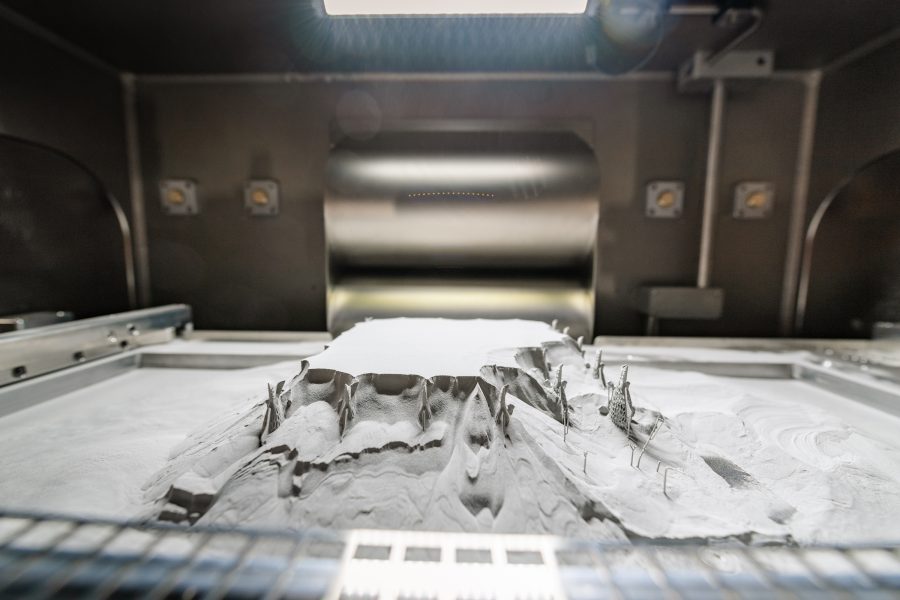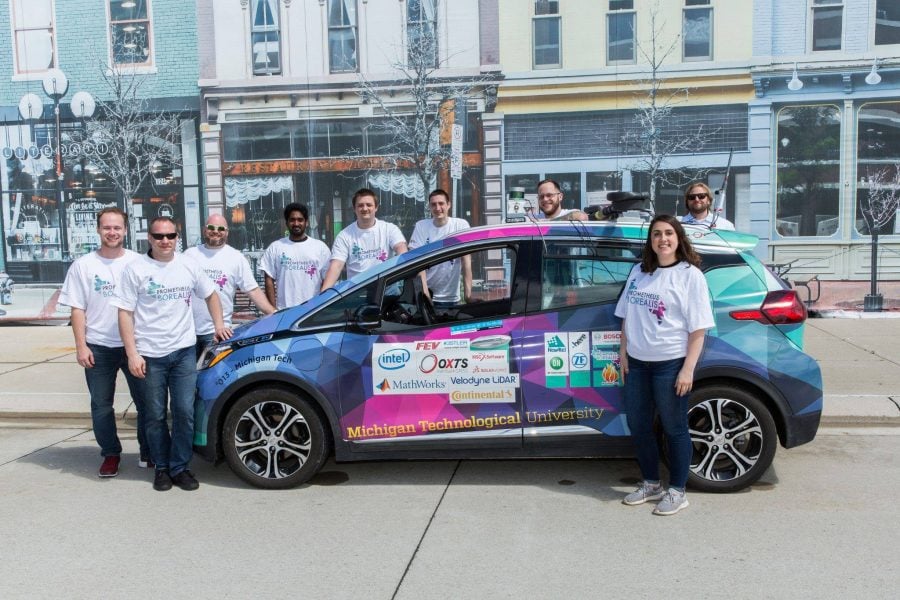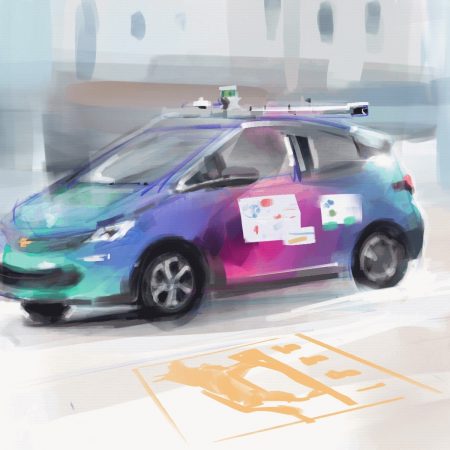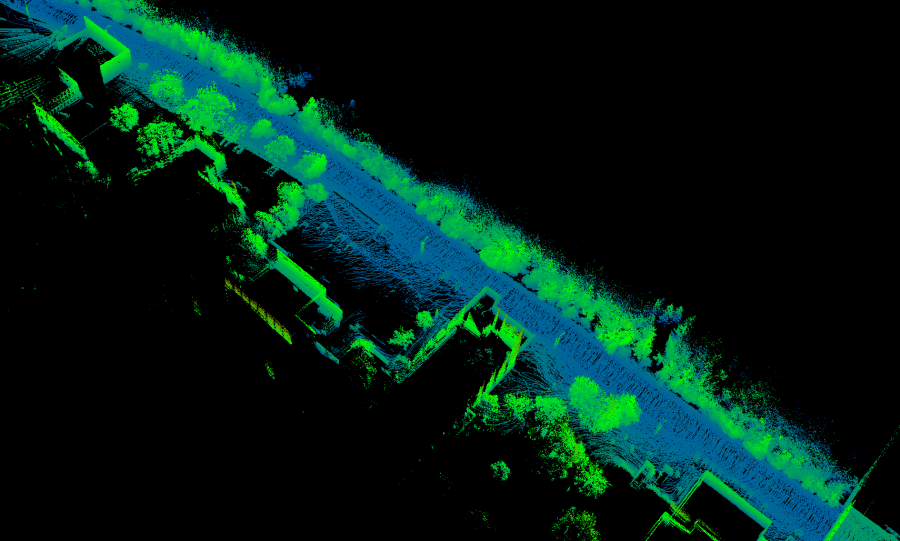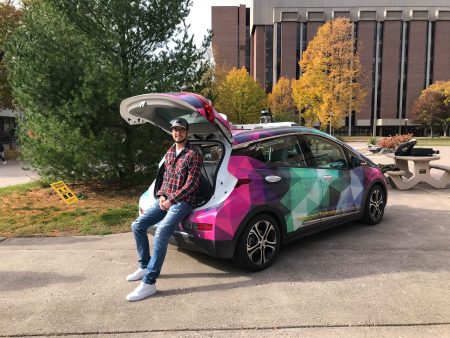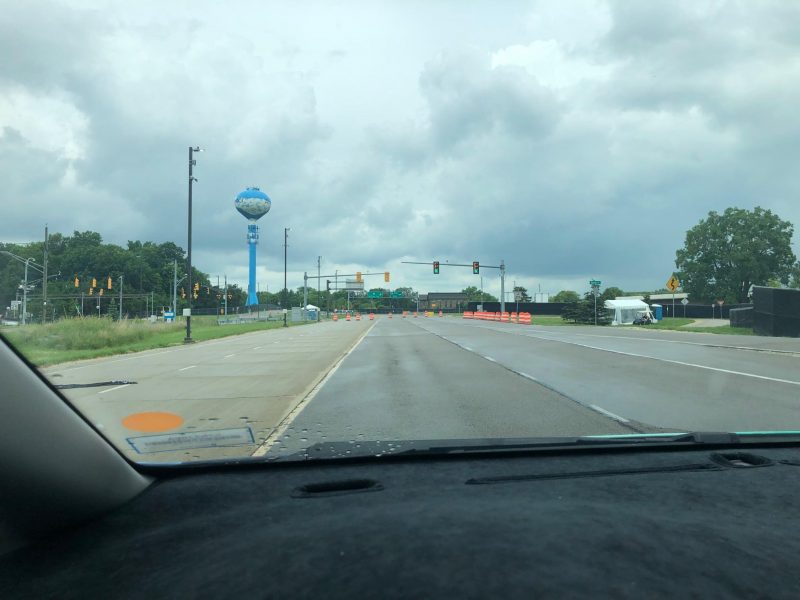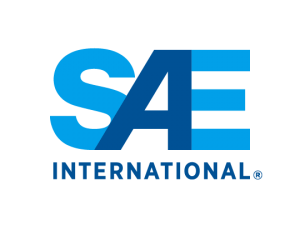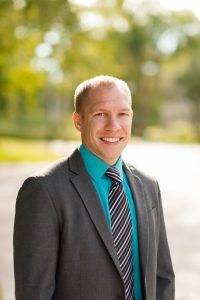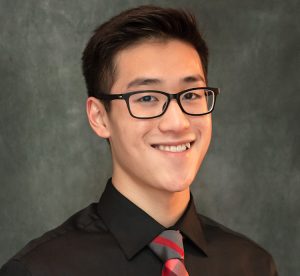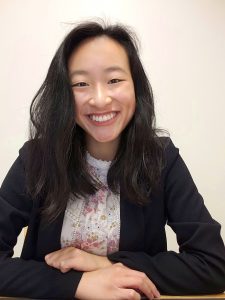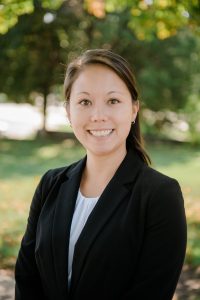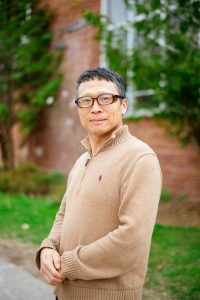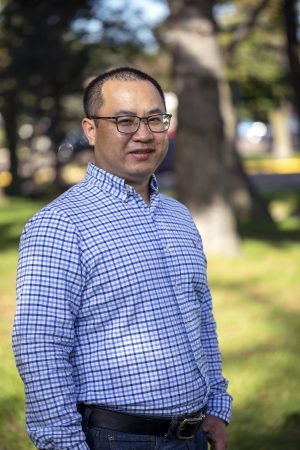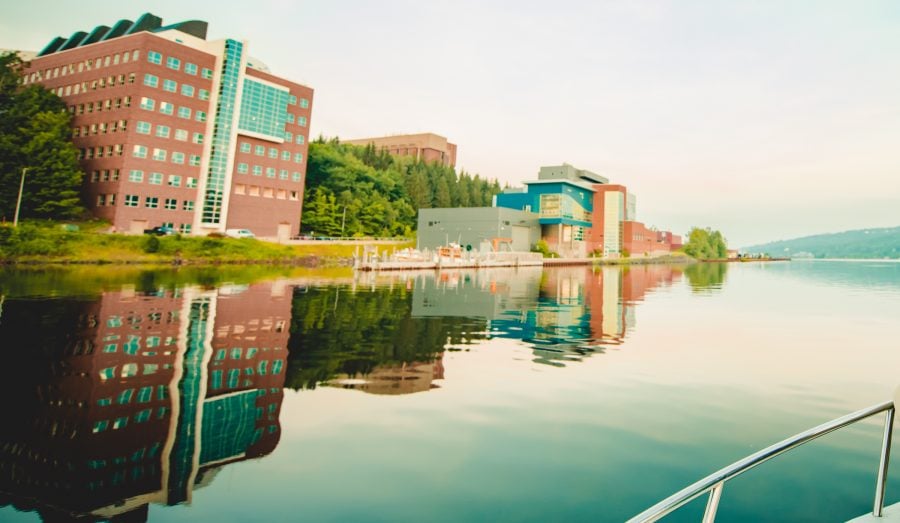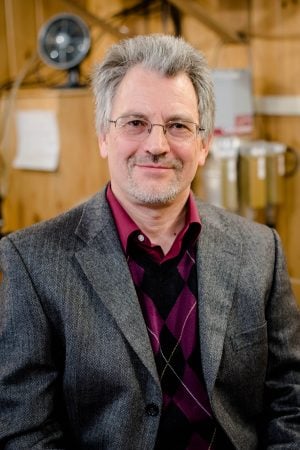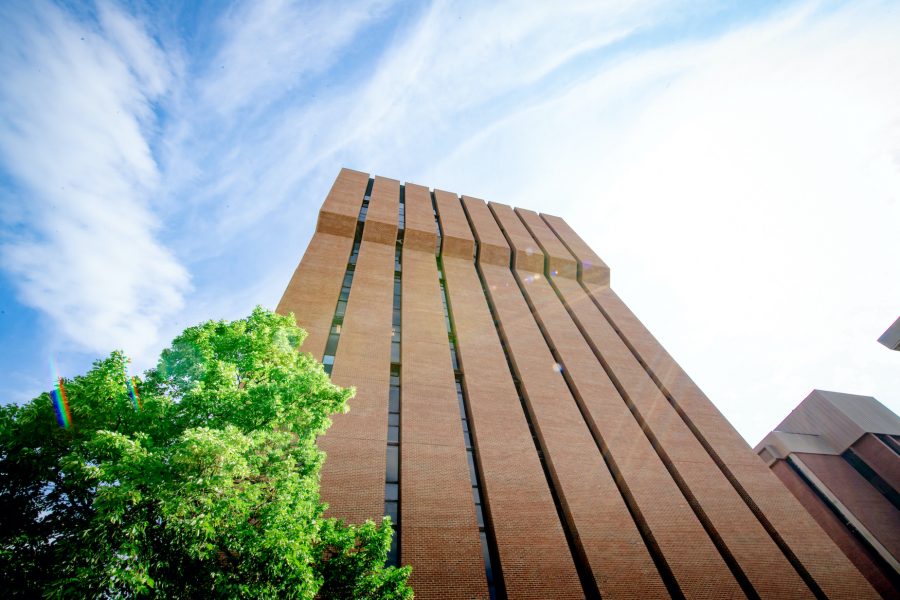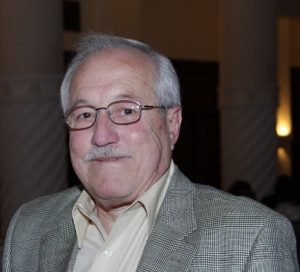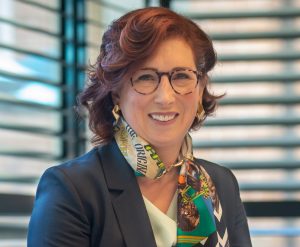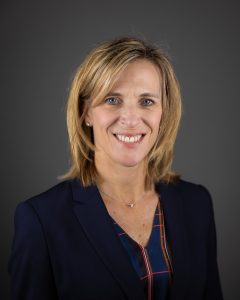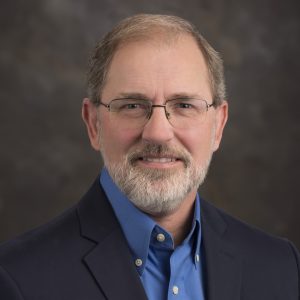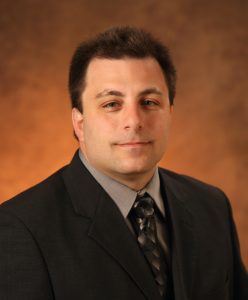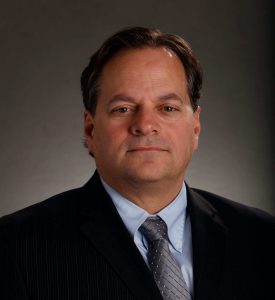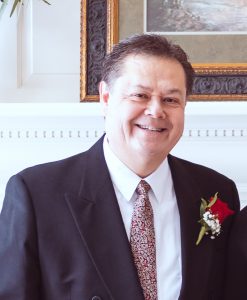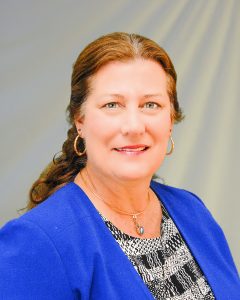
Craving some brain food? Join Dean Janet Callahan and special guests each Monday at 6 p.m. ET this for a 30-minute interactive Zoom webinar from the College of Engineering at Michigan Technological University, followed by Q&A. Grab some supper, or just flop down on your couch. This family friendly event is BYOC (Bring Your Own Curiosity). All are welcome. Get the full scoop and register—it’s free—at mtu.edu/huskybites.
Upcoming special guests: a hockey coach, numerous engineering faculty, a social scientist and an astronomer. Each has volunteered to present a mini lecture for Husky Bites. They’ll weave in a bit of their own personal journey to their chosen field, too. Also invited to join in during the session—their colleagues, former students and/or current students.
“We created Husky Bites for anyone who likes to learn, across the universe,” says Callahan. “We aim to make it very interactive, with a ‘quiz’ (in Zoom that’s a multiple choice poll), about every five minutes. Everyone is welcome, and bound to learn something new. We are hoping entire families will enjoy it,” she adds.
Dean Callahan first launched Husky Bites June 2020, after the the first few months of the pandemic. Since then, she has hosted attendees from Michigan Tech’s campus community, across the US, and even attendees from various countries around the world. “There’s something of interest for all ages,” she adds. “A lot of folks turn it on in the background, and listen or watch while preparing, eating or cleaning up after supper,” she says.
Those who join Husky Bites via Zoom can take part in the session Q&A, one of the best features of Husky Bites. But there are a few ways to consume the webinar. Catch the livestream on the College of Engineering Facebook page. Or, if you happen to miss a session, watch any past session on Zoom or youtube. (Scroll down to find the links on mtu.edu/huskybites)
Husky Bites Fall 2021 kicks off on Monday, September 13 with “Hockey in the Copper Country,” a session featuring Joe Shawhan, head coach of the Michigan Tech hockey team. He’ll be joined by John Scott, NHL All-Star MVP and Michigan Tech mechanical engineering alum (ME ‘10). You can read all about it here.
What else is on the menu for Fall 2021? Here are some of the topics: Drilling Wells in the Keweenaw; the Lift Bridge; Engineers Without Borders Australia; NetZero (how do we get there); tiny house design (for cold climates); engineering holistic solutions; a GoPro tour of the MTU Sustainability Demonstration House; new lightweight materials for manned Mars missions, what’s next for NEXTCAR, and NASA’s best space images.
Get the full scoop and register at mtu.edu/huskybites.
Want to see the full schedule? Just go to mtu.edu/huskybites. You can register from there, too.
Last but not least (and well worth noting): Dean Callahan awards some really great prizes for attendance. High school students who attend at least five session qualify for a nifty swag bag.
